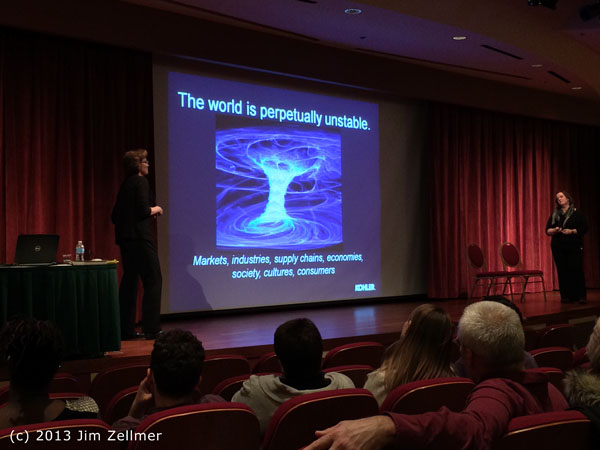Soren Anderson, Ryan Kellogg, James Sallee & Ashley Langer:
We document a strong correlation in the brand of automobile chosen by parents and their adult children, using data from the Panel Study of Income Dynamics. In our preferred estimates, children are 46% more likely to choose an automobile brand if their parents also chose that brand. Correlation in intrafamily brand choice could represent a causal trans- mission of brand preference, or it could be due to correlated family characteristics that determine brand choice. We present a variety of empirical specifications that lend support to the causal interpretation. We then discuss implications of intergenerational brand pref- erence transmission for automakers and market outcomes, focusing on a model of Bertrand competition in the presence of brand loyalty that is transmitted across generations. We find that intergenerational transmission of brand preferences should lower equilibrium prices for vehicles targeted at parents and raise equilibrium prices for vehicles targeted at children. We further show that firms have a unilateral incentive to instill a sense of brand loyalty in their consumers, even though equilibrium profits may decrease when all firms do so.
